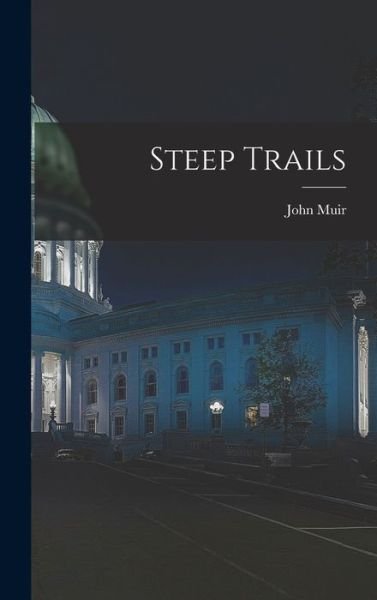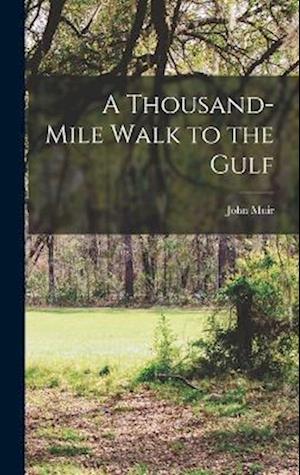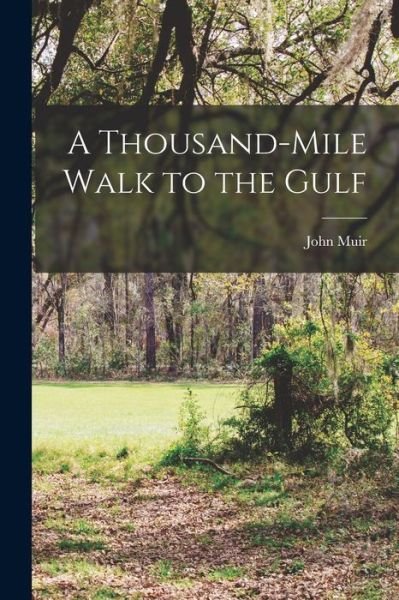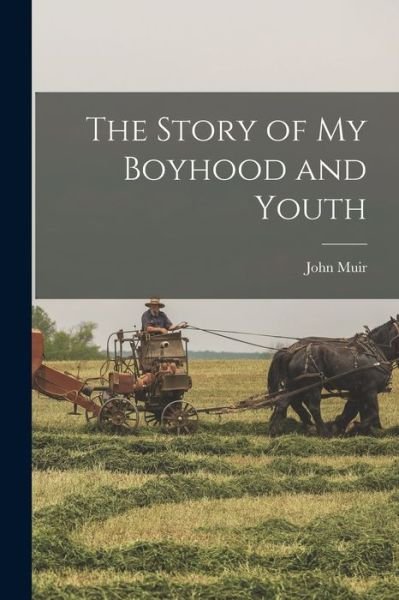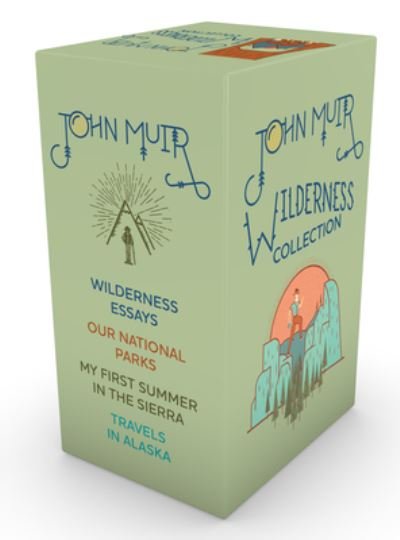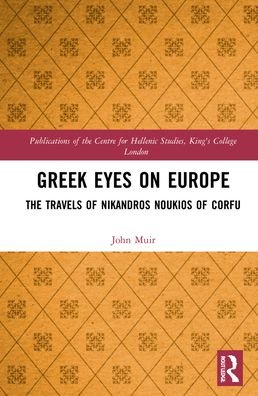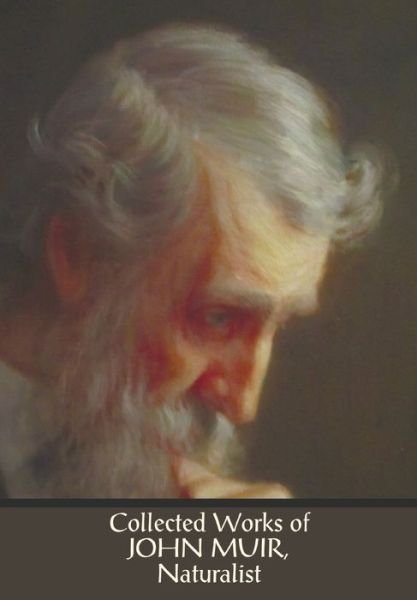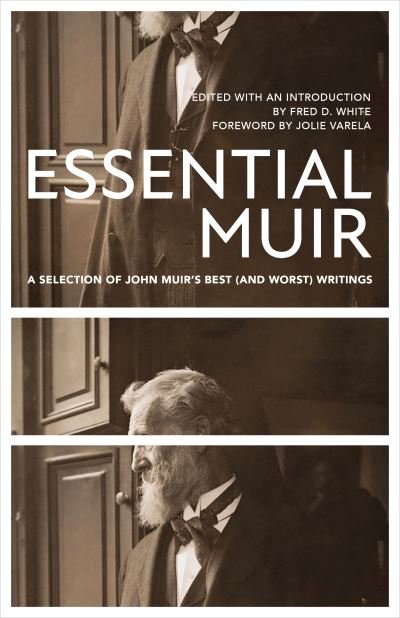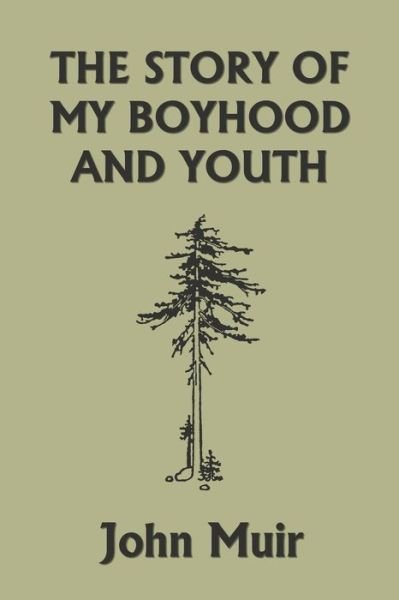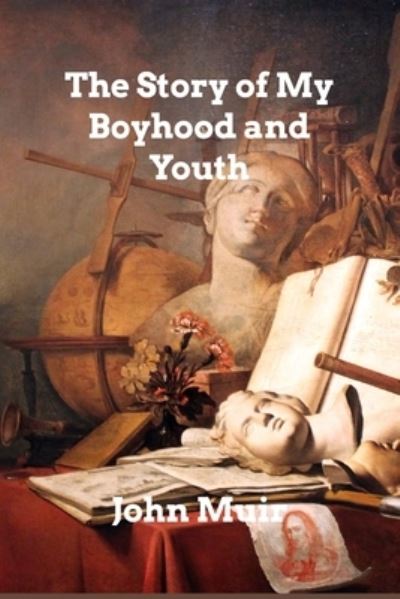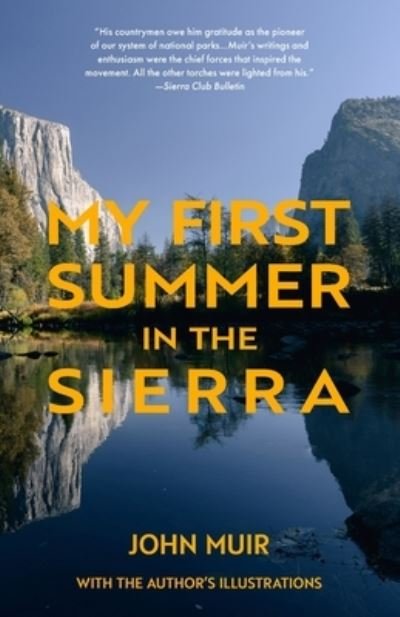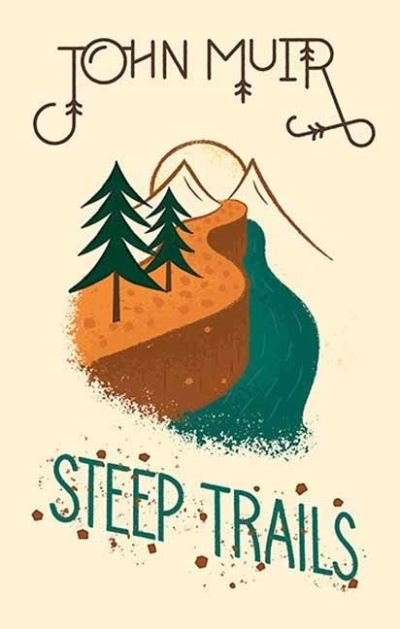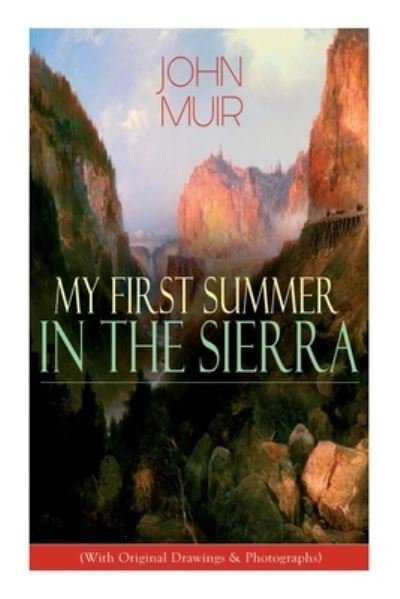
Powiedz znajomym o tym przedmiocie:
The Yosemite
John Muir
The Yosemite
John Muir
In the classic nature work, The Yosemite, the great American naturalist, John Muir, describes the Yosemite valley's geography and the myriad types of trees, flowers, birds, and other animals that can be found there. The Yosemite is among the finest examples of John Muir nature writings. The Yosemite is a classic nature/outdoor adventure text and a fine example of John Muir nature writings. In this volume, Muir describes the Yosemite valley's geography and the various types of trees, flowers and animals that can be found there.
John Muir (April 21, 1838 - December 24, 1914) was a Scottish-American naturalist, author, environmental philosopher and early advocate of preservation of wilderness in the United States. His letters, essays, and books telling of his adventures in nature, especially in the Sierra Nevada mountains of California, have been read by millions. His activism helped to preserve the Yosemite Valley, Sequoia National Park and other wilderness areas. The Sierra Club, which he founded, is a prominent American conservation organization. The 211-mile (340 km) John Muir Trail, a hiking trail in the Sierra Nevada, was named in his honor.[2] Other such places include Muir Woods National Monument, Muir Beach, John Muir College, Mount Muir, Camp Muir and Muir Glacier. In Scotland, the John Muir Way, a 130 mile long distance route, was named in honor of him.
In his later life, Muir devoted most of his time to the preservation of the Western forests. He petitioned the U. S. Congress for the National Park bill that was passed in 1890, establishing Yosemite National Park. The spiritual quality and enthusiasm toward nature expressed in his writings inspired readers, including presidents and congressmen, to take action to help preserve large nature areas. He is today referred to as the "Father of the National Parks" and the National Park Service has produced a short documentary about his life.
Muir has been considered 'an inspiration to both Scots and Americans'. Muir's biographer, Steven J. Holmes, believes that Muir has become "one of the patron saints of twentieth-century American environmental activity," both political and recreational. As a result, his writings are commonly discussed in books and journals, and he is often quoted by nature photographers such as Ansel Adams. "Muir has profoundly shaped the very categories through which Americans understand and envision their relationships with the natural world," writes Holmes. Muir was noted for being an ecological thinker, political spokesman, and religious prophet, whose writings became a personal guide into nature for countless individuals, making his name "almost ubiquitous" in the modern environmental consciousness. According to author William Anderson, Muir exemplified "the archetype of our oneness with the earth", [ while biographer Donald Worster says he believed his mission was "...saving the American soul from total surrender to materialism." 403 On April 21, 2013, the first ever John Muir Day was celebrated in Scotland, which marked the 175th anniversary of his birth, paying homage to the conservationist.
Muir was born in the small house at left. His father bought the adjacent building in 1842, and made it the family home.
| Media | Książki Paperback Book (Książka z miękką okładką i klejonym grzbietem) |
| Wydane | 1 kwietnia 1912 |
| ISBN13 | 9780991996216 |
| Wydawcy | Binker North |
| Strony | 148 |
| Wymiary | 152 × 229 × 8 mm · 208 g |
| Język | English |
Więcej od John Muir
Więcej z tej serii
Zobacz wszystko od John Muir ( np. Paperback Book , Hardcover Book , Book , CD i Płyta CD z plikami MP3 )

 Świąteczne prezenty można zwracać do 31 stycznia
Świąteczne prezenty można zwracać do 31 stycznia




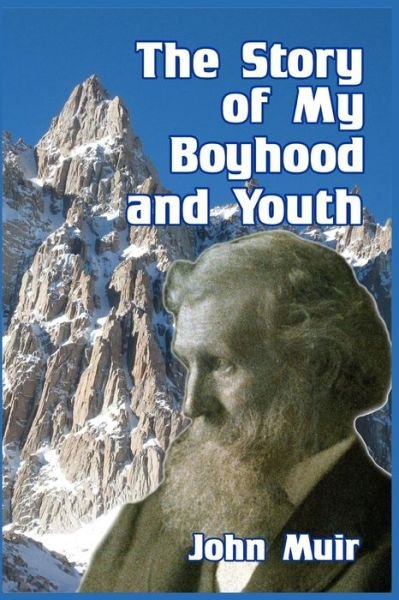

![Cover for John Muir · The Story of My Boyhood and Youth - Canons (Paperback Book) [Main - Canons edition] (2023)](https://imusic.b-cdn.net/images/item/original/248/9781786899248.jpg?john-muir-2023-the-story-of-my-boyhood-and-youth-canons-paperback-book&class=scaled&v=1679996114)

![Cover for John Muir · A Thousand-mile Walk to the Gulf (Paperback Book) [2 Revised edition] (2022)](https://imusic.b-cdn.net/images/item/original/472/9780395901472.jpg?john-muir-2022-a-thousand-mile-walk-to-the-gulf-paperback-book&class=scaled&v=1409640520)

